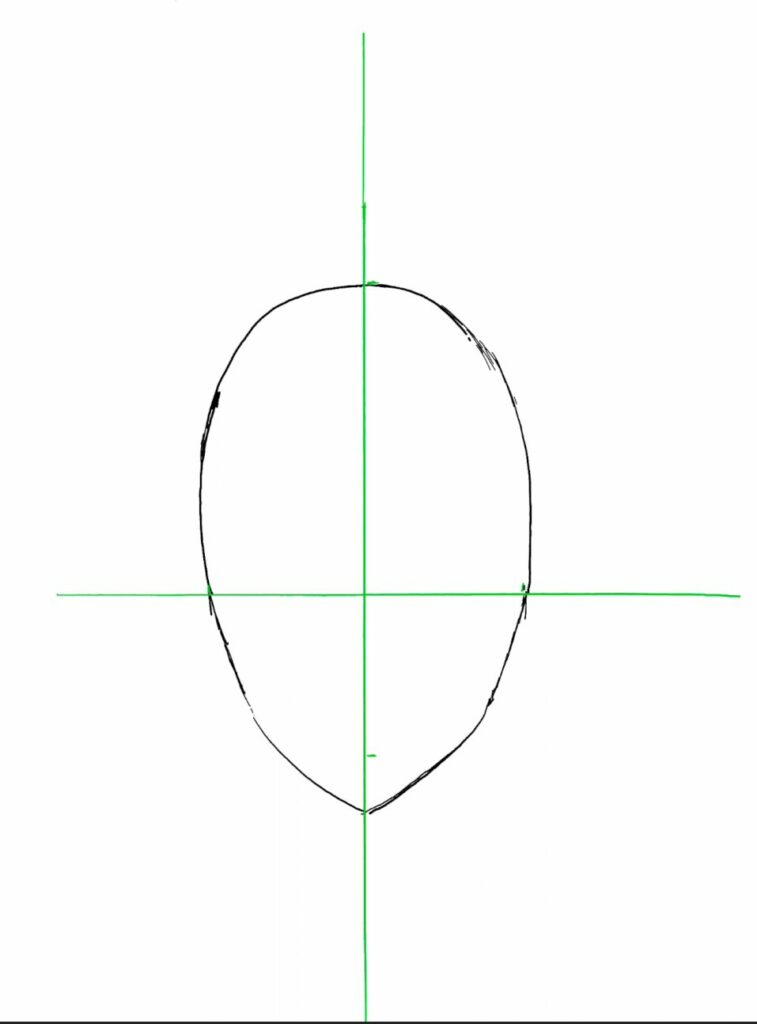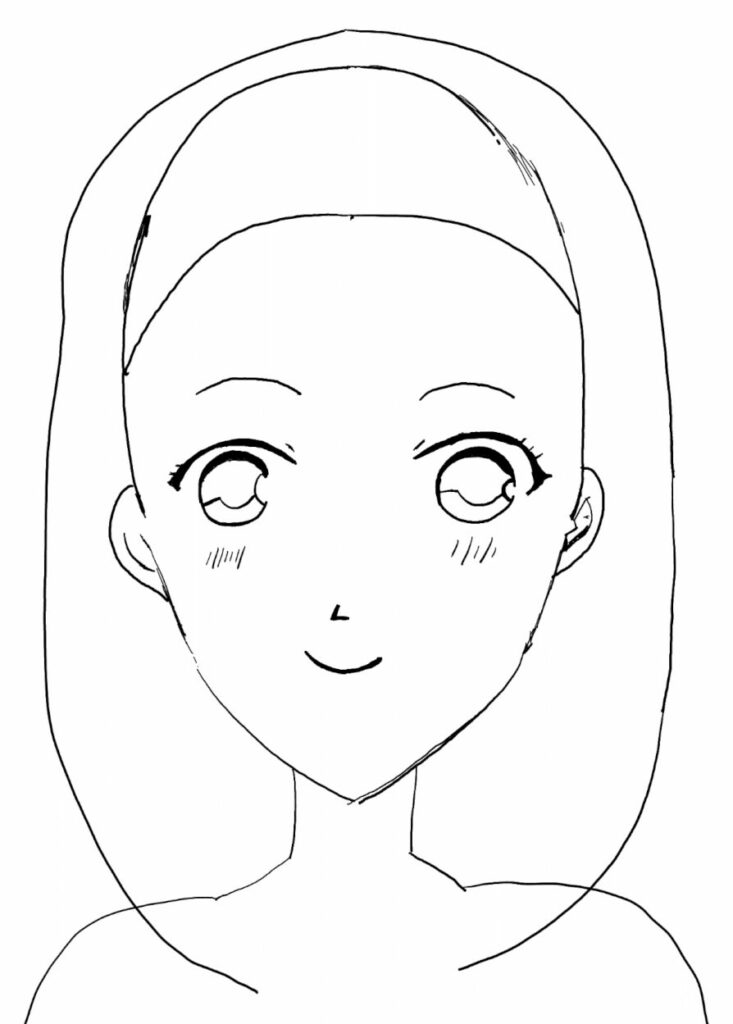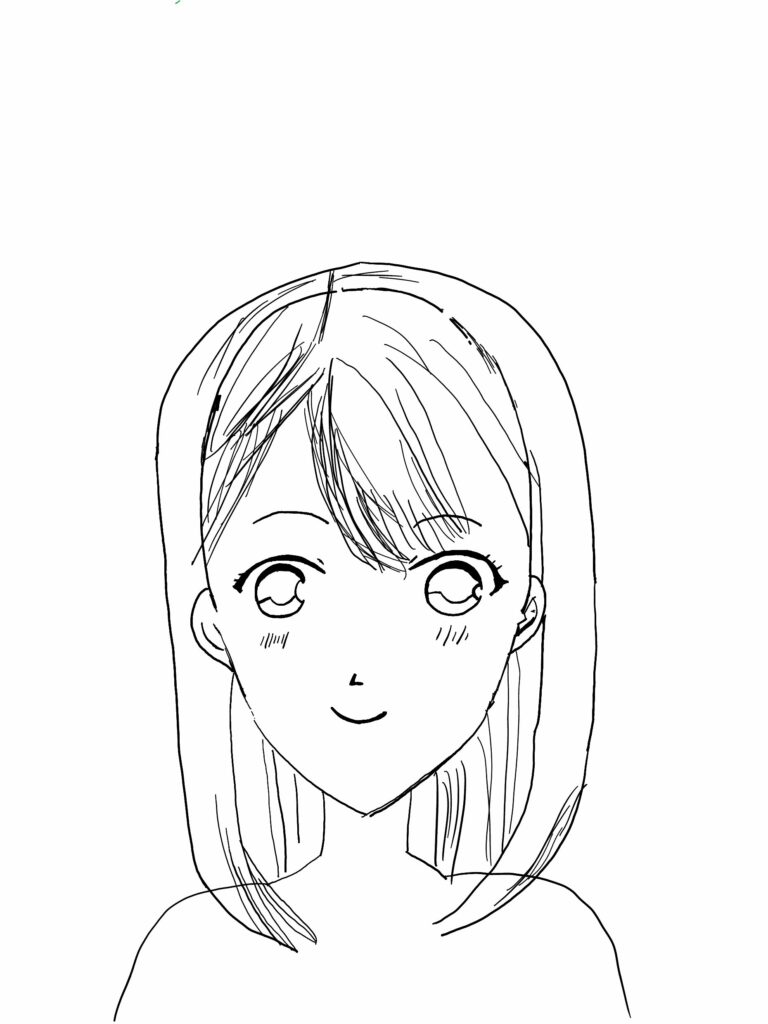This was initially written February 19, 2024 as part of the 2024 Learning to Draw People Challenge
On this day, I spent just over an hour drawing. I started with the initial measurements based on the reference material in the book. However, I’ve actually been struggling with getting those measurements right and this will require further investigation. Once I had my guildelines, I spent some time trying to get the head’s outline in place, this time immediately including the jaw. I had a lot of insecurity and issues getting it in place, so there are a lot of “scratch marks” present. And it’s not even perfect anyway.
There are two things I learned during this stage:
- There are natural pivot points that can be used with your arm (your elbow, you wrist, etc…). These can be used to help draw some curves more naturally. Obviously, it will require more experimentation, but keeping that in mind can be useful.
- Unfortunately, due to the nature of drawing, symmetric things are sometimes not trivial to draw. Because I’m using my right hand, there some stroke orientations/directions are more natural to me than others. This means if I try to draw the four quarters of a circle separately, each will have a different level of difficulty. This can be alleviated by re-orienting the canvas, but that still won’t accomplish proper symmetry…only a rotation.

Once the head’s shape was sketched, I sketched the eyes, nose and mouth. At this stage, the results seem disappointing and unnerving, but that’s ok. It’s meant for rough placement.


The next step was to refine the eyes, eyebrows, eye lashes and ears, along with a little blush for effect. One very notable thing with this step is that I spent a lot of time adjusting things. For example, deleting parts of the eyes that existed in the previous part, and trying to fix them, better center them, etc.. A lot of learning at this stage, which eventually should be replaced by intuition if I gain enough experience. Two important lessons I’ve learned here:
- It’s ok if parts of the rough sketch are not perfect, they can be adapted later. Early on, “good enough” is sufficient
- Some detail imperfections can get masked by thicker lines in some situations, especially when it comes to having the “perfect curve” (Though I will have to learn more about thickness of line and their proper purpose in the future)

Once these part of the face were “ready”, I moved on to the hair (also adding a neck and shoulders). Here there was a lot of erasing and retries, in particular with the neck and shoulders. As for the hair, I followed the book, first with an outline of where the hair would lie:

- The actual orientation of the hair to make it more natural
- What individual lines represent. Ultimately, we’re representing the general shape of the hair, rather than individual strands. However, I struggled to make sense of when to connect strands of hair, and when to simply add unconnected lines.


This post is followed by Learning to Draw People Challenge – Day 04 (2024/01/11)